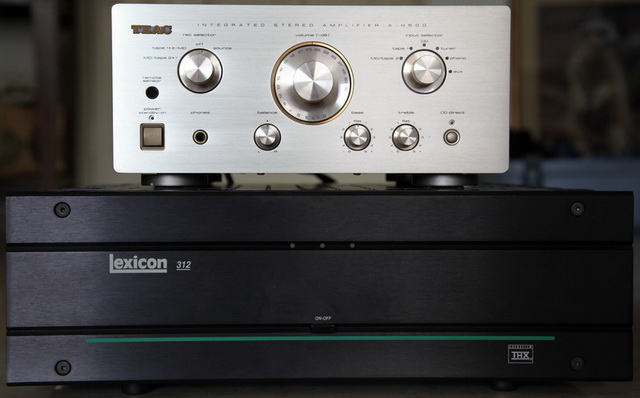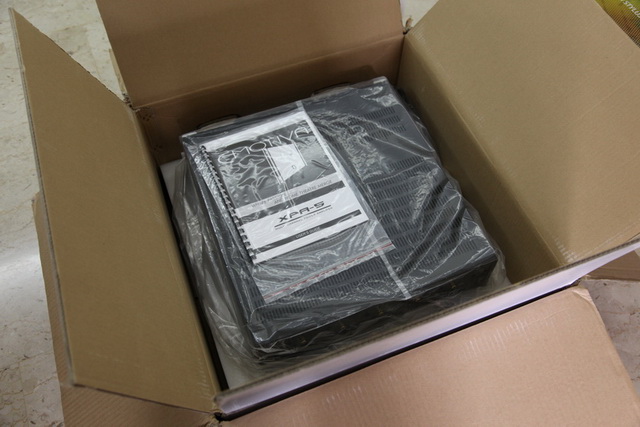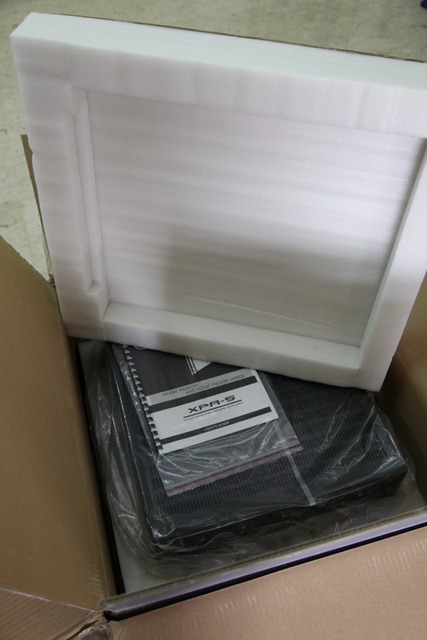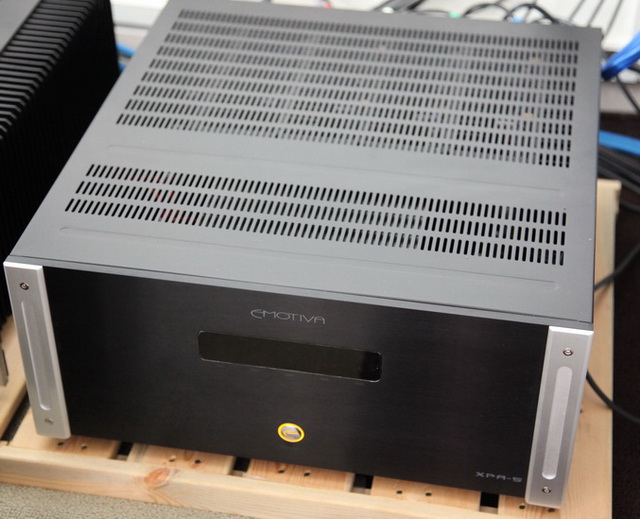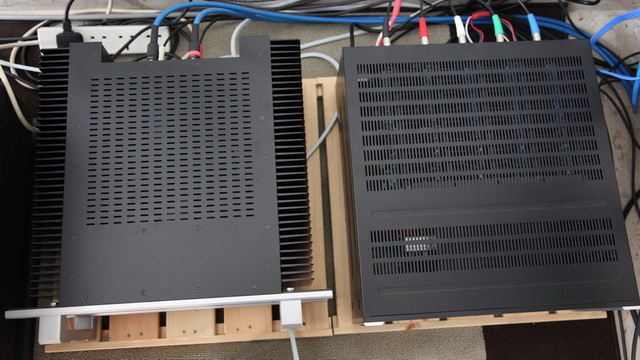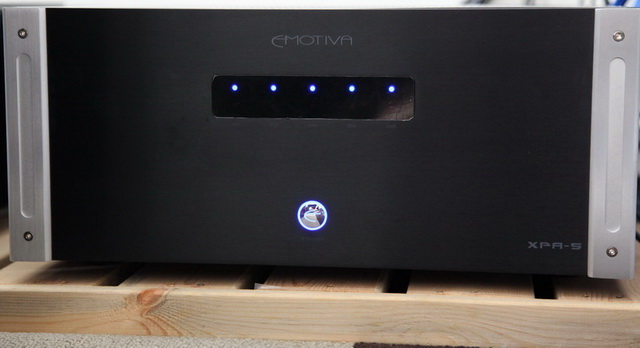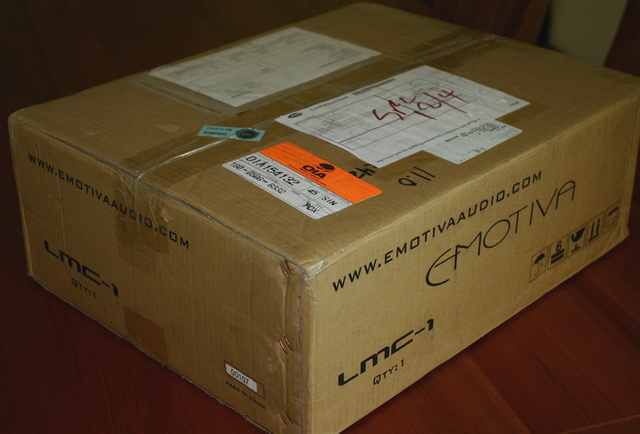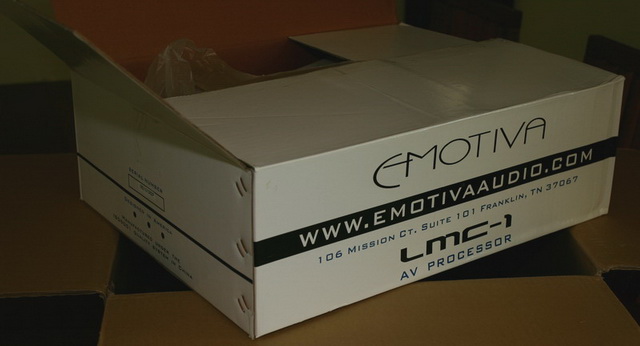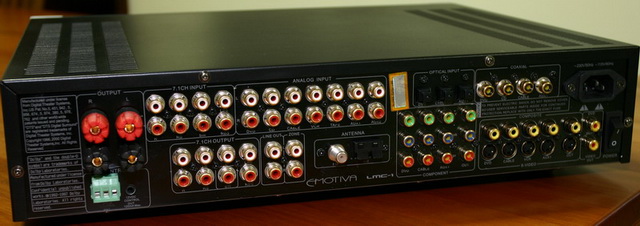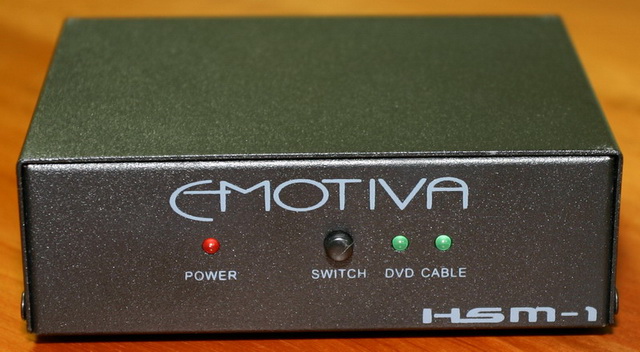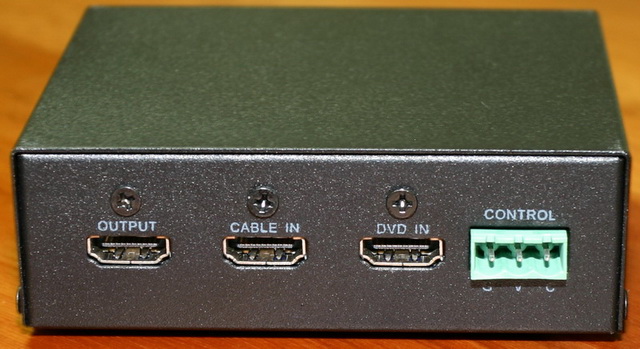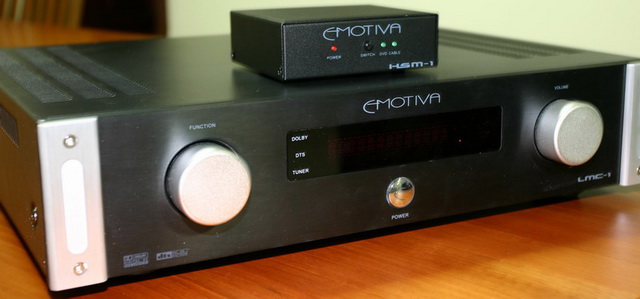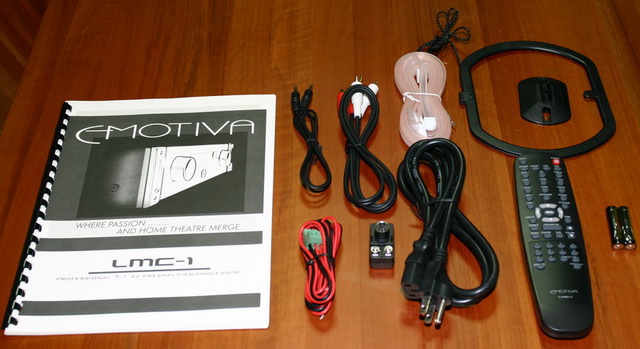Introduction
I’ve been living with my good old Sony STRDB940 AVR since my first foray into surround sound when I was living in Ireland in 2001. I purchased this particular AVR based on the reviews in What HiFi, which gave it a 5 star rating. It has performed very well over the years with no problems whatsoever. The only gripe that I have with it, as most people do with AVRs, is that it’s stereo performance leave something to be desired. Especially when you move from a dedicated stereo environment.
Moving along to 2007 and my Sony AVR has performed well, but is starting to look rather dated when compared to modern AVRs. For example, my Sony doesn’t have the latest Dolby or DTS modes, is not 7.1 capable, and has no component or HDMI support.
My components around my AVR have been upgraded too. I now have power amps for 5 channels and can use an old integrated to give me 7.1 capability. I have upgraded from the Starhub Digital set top box to the HD box which has component and HDMI outputs. The major upgrade was moving from my trusty old BenQ 6100 projector (800×600 4:3 DLP), to the Mitsubishi HC5000 projector (1080p LCD). The Mitsubishi has component and HDMI inputs too.
Looking further ahead I will have to decide whether to get dedicated HD-DVD and Blu-Ray players or put some appropriate drives in my HTPC. Either way, there are going to be more HDMI or component outputs coming soon. Combined with the improved video available 6 years later comes the new sound formats that the HD platforms can provide. Unfortunately getting the HDMI signals over long runs between different devices and working out the best way to get the HD sound formats (digital/analogue, bit rates, etc.) seems to be anything but clear at this point in time.
I was in a dilemma! I needed something to provide me with the modern video switching capabilities with the support for 1080p and the new HD sound formats. At the same time I didn’t need amplifiers, the audio/video processing would suffice.
I was reading some of the positive reviews and comments about the Yamaha 2700 and thought that might be the right solution. However, I really didn’t want to “waste” money on the amplifiers. I looked at the Emotiva processors and discounted them as out of date, with some having HDMI as an after thought, such as the Emotiva LMC-1. The LMC-1 also has two channels of amplification built in for a second zone. This is something that I was trying to get away from when considering separates! It is generally cited that one of the benefits of separates is keeping the delicate sound/video processing circuits away from the amplification.
You are probably scratching your head right now and thinking, hang-on, isn’t this web page about the LMC-1. What’s this guy on? 😉
What made me order the LMC-1 was the special offer of a 40% discount of Emotiva’s 2008 line of products that will include all the latest and greatest (for the moment) sound and video processing features. Looking at the lovely balanced outputs on Emotiva’s higher end gear I decided that an up to date version of that would be ideal. The LMC-1 would give me what I needed right now and I could upgrade to Emotiva’s next generation products when they become available. It is also cheaper than buying an AVR with all the same features, plus the unnecessary (for me) amplification.
Ordering the LMC-1
I opened Emotiva’s web site in Firefox, credit card in hand, and went through the order process. That was quite painless and I waited in anticipation. Then the bad news came that there was no cost effective way for Emotiva to ship to Singapore. They said that their quoted shipping cost with FedEx was US$358.00! I called up Emotiva to discuss the options, and the outcome was Vpost.
Vpost is a service from Singapore Post that allows you to have a USA address (or Japan) so that you can order goods from businesses that do not ship overseas. I had never used Vpost before, so I was a bit worried about how involved setting up an account was and all the steps required. I need not have worried as it was all reasonably painless, although I still think they could improve their web site a bit.
When I went back to Emotiva’s web site to order with my new Vpost address all sorts of strange errors started happening. I think they were trying to use my shipping address to validate my credit card details, which of course failed. I received a call from my bank as they were concerned about strange credit card charges for the same amounts appearing on my card. I was persistent and had tried to order a few times ;).
In the end I emailed Emotiva and organised a manual order. Unfortunately they are only a small company and some of the key people were on holiday, so the order took a week to process. The order was confirmed upon their return on March 28, 2007 and the box arrived in Singapore on April 11, 2007.
Costs
The table below outlines the costs of getting the LMC-1 to Singapore.
| Expense Description |
Cost |
| Emotive LMC-1 |
SG$772.23 (US$499 including shipping in USA) |
| VPOST Shipping Charge |
SG$111.88 |
| VPOST Insurance |
SG$39.00 |
| Singaporean GST |
SG$39.09 (calculated on SG$763.47 with CIF of SG$781.76) |
| Total |
SG$962.20 |
CIF is cost, insurance and freight, as kindly pointed out to me by my friend Peter. 🙂
Photos
Here are some photos that I took while I was unpacking my new toy.

Emotiva LMC-1 Main Box

Emotiva LMC-1 Second Box

Emotiva LMC-1 Front

Emotiva LMC-1 Rear

Emotiva LMC-1 HDMI Switch Front

Emotiva LMC-1 HDMI Switch Rear

Emotiva LMC-1 with HDMI Switch

Emotiva LMC-1 Accessories
Stereo Performance
I have my music on my HTPC and play it through iTunes, as I have an iPod. I did some quick listening tests comparing my old Sony AVR, Benchmark DAC-1 and my new Emotiva LMC-1.
With one person, i.e. me, going back and forth, flicking switches and changing cables, the listening tests are not exactly reliable. Also, the Benchmark DAC-1 has an unfair advantage, in my opinion, using balanced connections instead of RCAs. That said, here is my opinion.
The Emotiva LMC-1 does quite a good job with stereo music. It is certainly better than my old Sony AVR, with more detail, a wider sound stage, and most importantly more realistic reproduction of instruments and voices. The Benchmark DAC-1 is another level up from the Emotiva, as I would hope, having spent all that money on it. ;). However the Emotiva is closer to the Benchmark DAC-1 than to the Sony. It would be interesting to compare Emotiva’s higher end models with the Benchmark DAC-1.
On a very subjective, but somewhat tried and true testing method, I found my foot tapping away to a number of tracks while listening to the Emotiva. Even on MTV the Emotiva made a noticeable improvement to the music compared with my old Sony. That is saying quite a lot as the quality of the music signal from MTV is quite poor when compared to the Australia Channel’s RAGE program.
Someone sent me a message on a local forum here in Singapore asking how the Emotiva compared to a Rotel processor. I would love to know the answer to this question myself, but unfortunately I don’t have a Rotel lying around. I’ll see if I can find someone who wants to bring theirs over to my place or I’ll take the Emotiva to their’s.

